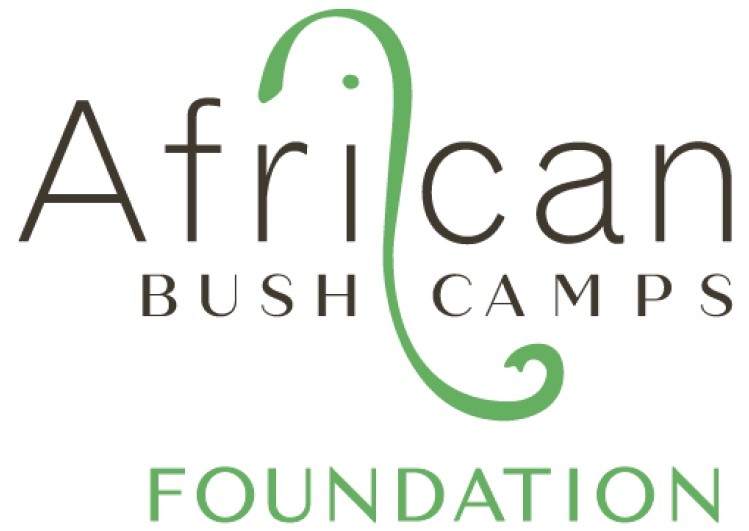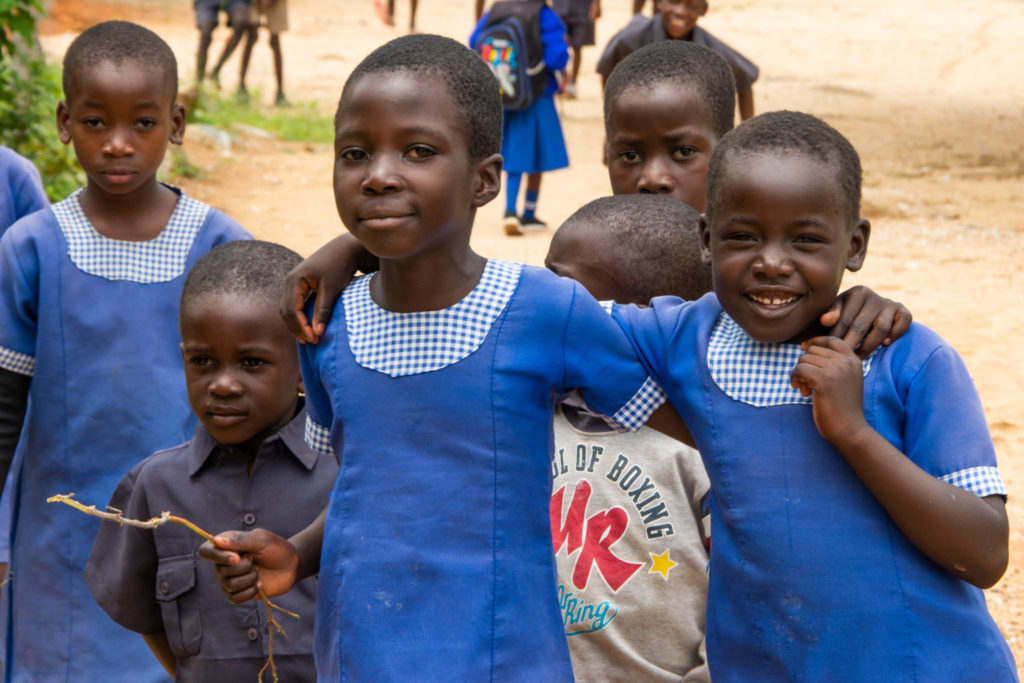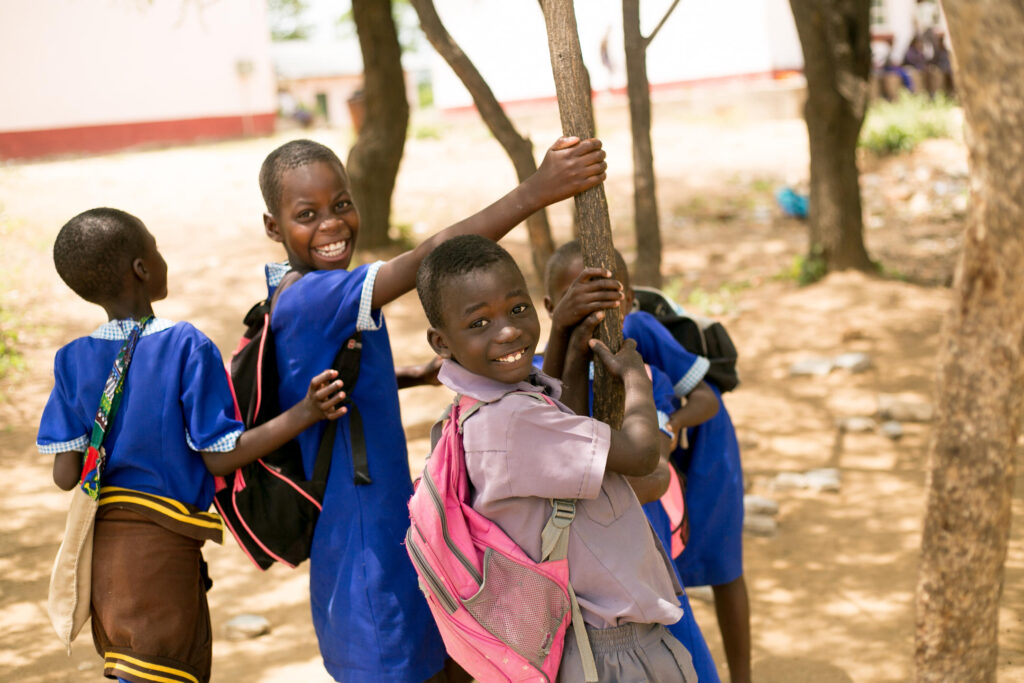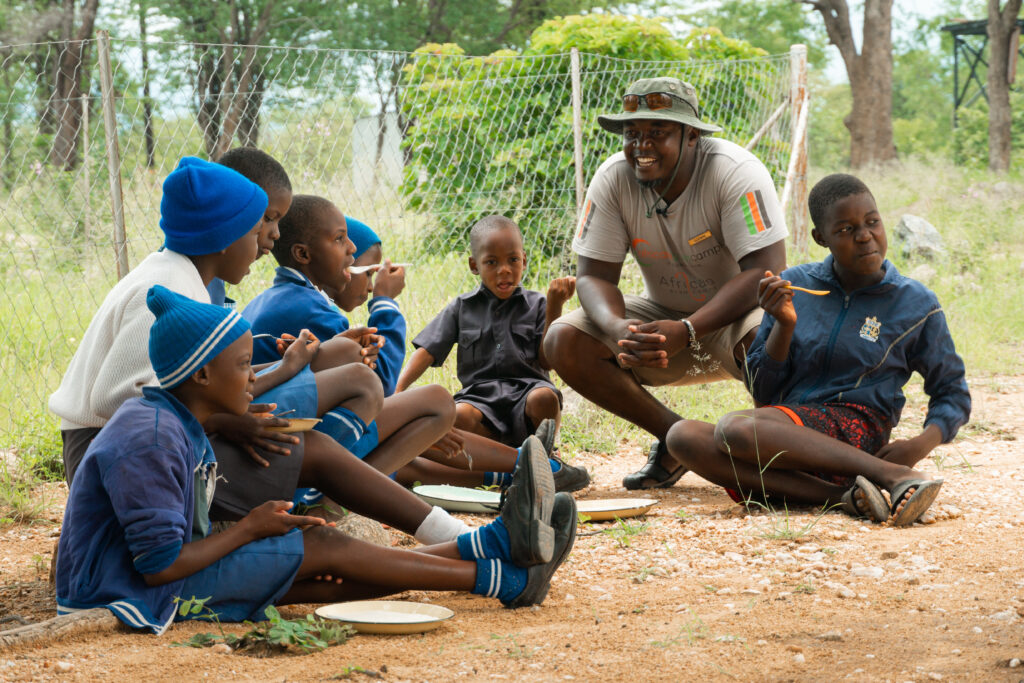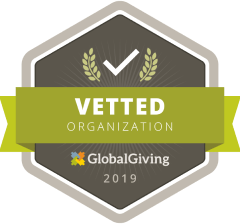Mambanje primary School
The Mambanje Primary school has been one of our passion projects for almost two decades. Only 2 and a half hours drive away from our first camp Somalisa in the Hwange National Park, it has been an integral part of the growth, development and building up of our foundation over the years.
The Mambanje primary school is one of the projects that helped us shape our blueprint and vision to reach not only the communities near our camps but to venture into outlying, underdeveloped and underinvested communities to ensure that we are helping those who otherwise would not get assistance and support from other NGOs or safari camps nearby.
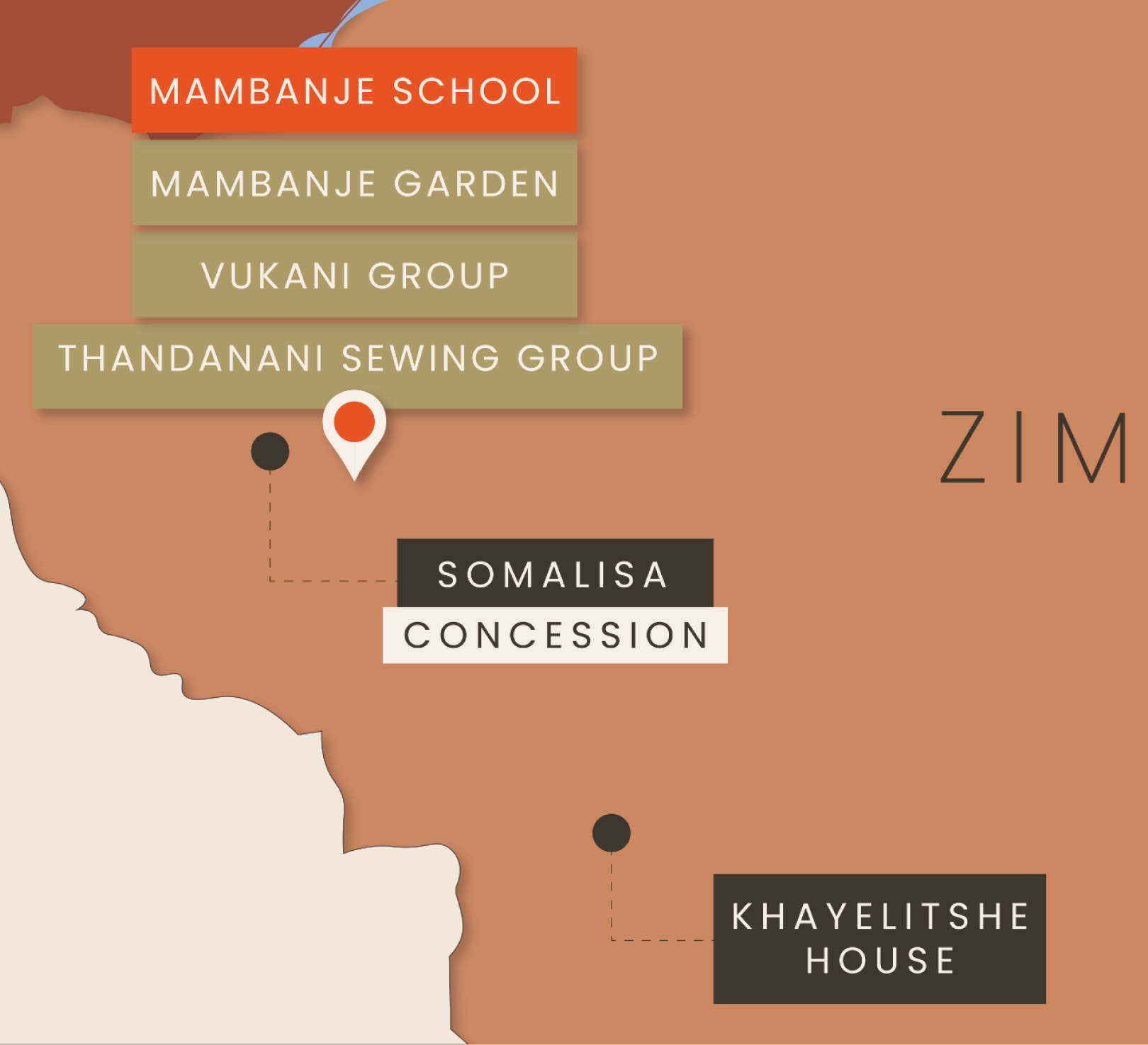
About our Project
School performance
- The school currently has a pass rate of 18%. Pre-covid the school had a pass rate between 30 and 50%
- The school had a 13% dropout rate and is losing between 10 and 20 learners a year
- Approximately 20 new learners are joining the school each year
Challenges identified at the school include:
- Teacher morale at the school is very low. The school is currently understaffed, the teachers are underpaid, overworked and not happy with the living and working conditions at the school.
- Learners are not receiving enough focused and quality learning time at school. learners are sharing
- classrooms, learning materials and teachers with other learners and grades which results in not enough focused attention and investment being provided to each grade
- Learners that are coming to school hungry; many are travelling long distances to school by foot and are learning on an empty stomach.
Our long-term goal for the school and the impact we want to have

We have been actively investing in the educational development of learners in Mambanje through investing in the school and supporting the community at large with our community garden and intervention programs to mitigate human-wildlife conflict in the area.
The school rapidly deteriorated in 2019 when the Covid pandemic locked down schools and forced learners to learn online. Poor infrastructure maintenance and upkeep had a devastating impact on the school facilities with the classrooms falling apart, furniture getting damaged and the solar and borehole no longer functioning correctly.
This year we undertook the momentous task to renovate and restore the school to its former glory. Creating an environment at our schools that is conducive to learning is a critical building block towards the educational development of learners. We saw it fit to offer the 150 learners in Mambanje a school that they can be proud of, that they are motivated and excited to go to and that they can see and feel to be adding value to their lives and building their future. Over the past few months, we have made much-needed repairs to the roof, classroom walls and floors increasing the quality and safety at the school as well as buying desks, chairs, textbooks and stationery for the learners and classrooms. The ongoing improvements, coupled with reviving the feeding scheme have brought fresh energy back into the school that we haven’t seen in years.
In 2023, repairs and maintenance will be done at the school including fixing the borehole and solar, the computer lab and network connectivity. We will renovate the teacher’s accommodation to ensure that teachers are happy living and working at the school and that we can retain the teachers currently working there and have more capacity to house more teachers at the school.
Total spending for 2022: $47,000
Total projected costs for 2023: $73,700
